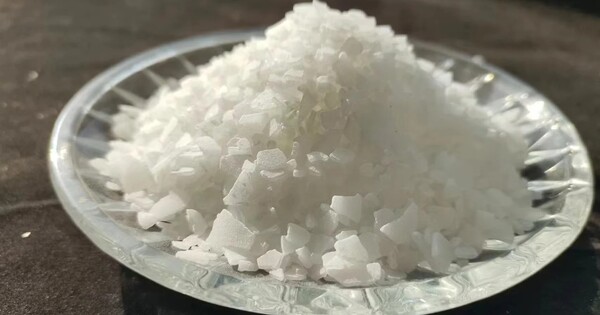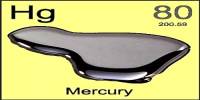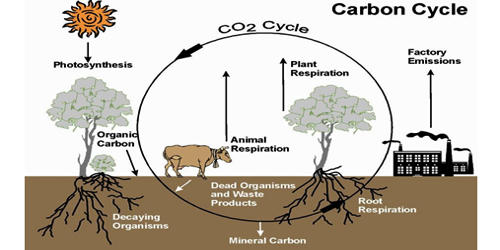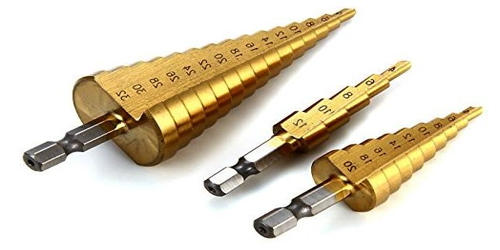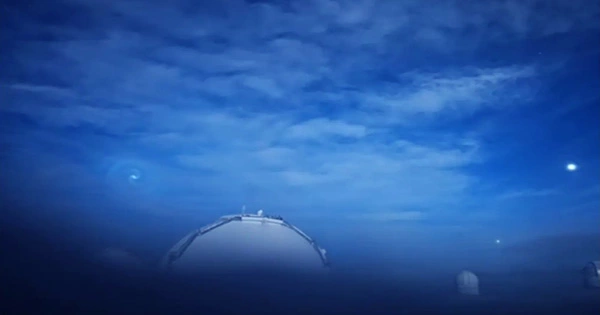Magnesium hydroxychloride is an inorganic compound made up of magnesium (Mg), hydroxide (OH⁻), and chloride (Cl⁻) ions. It is the traditional term for several chemical compounds of magnesium, chlorine, oxygen, and hydrogen whose general formula xMgO·yMgCl2·zH2O, for various values of x, y, and z; or, equivalently, Mgx+y(OH)2xCl2y(H2O)z−x.
It’s considered a basic magnesium salt—specifically a basic magnesium chloride, which means it’s a compound that contains both hydroxide and chloride anions coordinated to magnesium. The simple chemical formula that is often used is Mg(OH)Cl, which appears in high school subject, for example. Other names for this class are magnesium chloride hydroxide, magnesium oxychloride, and basic magnesium chloride. Some of these compounds are major components of Sorel cement.
Properties
- Appearance: White crystalline or powdery solid.
- Solubility: Partially soluble in water.
- pH: Slightly basic in aqueous solution.
- Stability: Stable under normal conditions but can hydrolyze over time in moist air.
- Melting pointDecomposes before melting
- Thermal behaviour: Decomposes to release HCl and water on heating
- Reactivity: Reacts with acids to form magnesium salts
Natural Occurrence
Magnesium hydroxychloride does not commonly occur in nature as a distinct mineral. Related minerals like chloromagnesite or hydromagnesite may be found in evaporite deposits, but the exact hydrated oxychlorides are mostly synthetic.
Uses
- Flame retardants (especially in plastics and construction materials).
- Intermediate in magnesium compound synthesis.
- Sometimes used in cement formulations or as an additive in refractory materials.
- May appear in cosmetic or pharmaceutical formulations, though less commonly than magnesium hydroxide or magnesium chloride alone.
